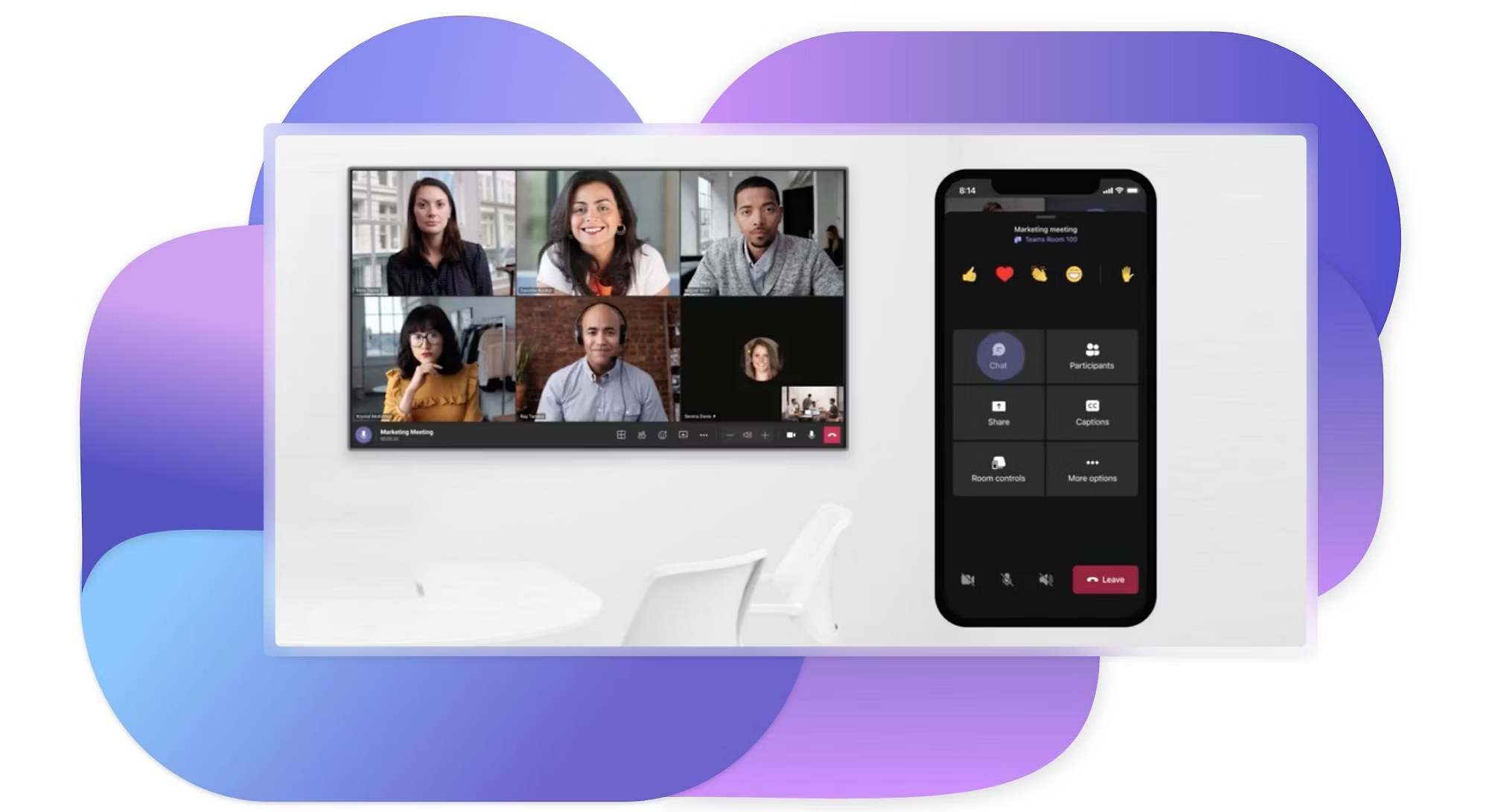For nonprofit organizations looking to modernize their communication systems, Microsoft Teams Phone offers a compelling alternative to traditional phone systems. Whether your nonprofit operates fully within Microsoft 365 or relies on Google Workspace for productivity tools, the decision to adopt Teams Phone requires careful consideration. This article explores the key factors nonprofits should evaluate when selecting Microsoft Teams Phone over traditional options and how its integration differs for Microsoft 365 and Google Workspace users.
Why Consider Microsoft Teams Phone Over Traditional Phone Systems?
Traditional phone systems, including landlines and on-premises PBX (Private Branch Exchange) systems, are becoming less practical for modern nonprofits due to their cost, maintenance requirements, and lack of flexibility. Cloud-based solutions like Microsoft Teams Phone offer several advantages:
- Cost Efficiency: Traditional phone systems often require significant upfront investment in hardware, ongoing maintenance, and carrier fees. Microsoft Teams Phone operates as a cloud-based VoIP (Voice over Internet Protocol) solution, reducing hardware costs and offering predictable subscription-based pricing. Nonprofits eligible for Microsoft discounts can further reduce costs.
- Flexibility and Remote Work Support: With remote and hybrid work models becoming the norm, a phone system that integrates seamlessly with collaboration tools is essential. Microsoft Teams Phone allows staff and volunteers to make and receive calls from anywhere using a computer, mobile device, or desk phone with an internet connection—eliminating the need for physical office phones.
- Integration with Collaboration Tools: Unlike traditional PBX systems, Teams Phone is built into Microsoft Teams, allowing nonprofits to manage calls alongside chat, video conferencing, and document collaboration in a single platform. This integration streamlines communication and improves efficiency.
- Security and Compliance: Nonprofits handling sensitive donor information or operating under compliance requirements benefit from Microsoft’s enterprise-grade security. Teams Phone includes encryption, multi-factor authentication, and compliance with GDPR, HIPAA, and other standards. Traditional phone systems may lack these built-in security measures.
- Scalability: Nonprofits experience fluctuating staff and volunteer numbers. Microsoft Teams Phone scales easily to accommodate new users without the need for additional hardware installations, making it an ideal choice for growing organizations.
Using Microsoft Teams Phone with Microsoft 365 vs. Google Workspace
While Microsoft Teams Phone offers robust features, its integration and ease of use vary depending on whether your nonprofit is already using Microsoft 365 or primarily working with Google Workspace.
Microsoft 365 Nonprofits: A Seamless Experience
Nonprofits already using Microsoft 365 benefit the most from Teams Phone, as it is natively integrated into the ecosystem. Key advantages include:
- Full Microsoft Teams Integration: Calls are managed directly within Teams, alongside chat, meetings, and file collaboration.
- Microsoft Calling Plans or Direct Routing: Nonprofits can choose Microsoft’s calling plans or integrate with third-party VoIP providers using Direct Routing for more flexibility.
- Synchronization with Outlook and Calendar: Teams Phone integrates with Outlook for scheduling and presence-based call management.
- Enterprise Security and Compliance: Teams Phone inherits Microsoft 365’s built-in security controls, ensuring compliance with nonprofit data protection requirements.
Google Workspace Nonprofits: A More Limited Integration
For nonprofits that rely on Google Workspace for email, file storage, and productivity tools, adopting Teams Phone presents some challenges:
- Lack of Native Google Integration: Teams Phone does not integrate directly with Google Workspace tools like Gmail or Google Calendar. Nonprofits may need additional configurations or third-party solutions to sync contacts and scheduling.
- Separate Ecosystem Management: Users must switch between Google Workspace for documents and email while managing calls through Microsoft Teams, potentially reducing efficiency.
- Additional Licensing Requirements: Nonprofits using Google Workspace would need to pay for separate Microsoft Teams and Teams Phone licenses, increasing costs.
While Google Workspace users can still use Teams Phone, they may find Google Voice or other VoIP solutions more naturally aligned with their existing workflows.
When Does Teams Phone Make Sense for Your Nonprofit?
Ideal Scenarios for Microsoft Teams Phone:
- Your nonprofit already uses Microsoft 365 and Teams as a central collaboration tool.
- You need a cloud-based phone system that supports remote and hybrid work.
- Security and compliance are top priorities for your organization.
- You want to consolidate communication tools into a single platform.
When a Different Phone System May Be a Better Fit:
- Your nonprofit is deeply embedded in the Google Workspace ecosystem and prefers integrated solutions.
- You need a lower-cost or simpler VoIP solution like Google Voice.
- Your team does not actively use Microsoft Teams for collaboration.
For nonprofits transitioning away from traditional phone systems, Microsoft Teams Phone provides a modern, flexible, and cost-effective solution, particularly for those already using Microsoft 365. The seamless integration with Teams, Outlook, and other Microsoft tools makes it a natural choice for organizations looking to unify their communication and collaboration tools.
However, for nonprofits that primarily use Google Workspace, the lack of deep integration may make other VoIP solutions, like Google Voice, a more straightforward choice.
Ultimately, the right phone system depends on your nonprofit’s existing technology ecosystem, collaboration needs, and budget. By carefully evaluating these factors, nonprofits can select a solution that enhances communication while maximizing efficiency and cost savings.


